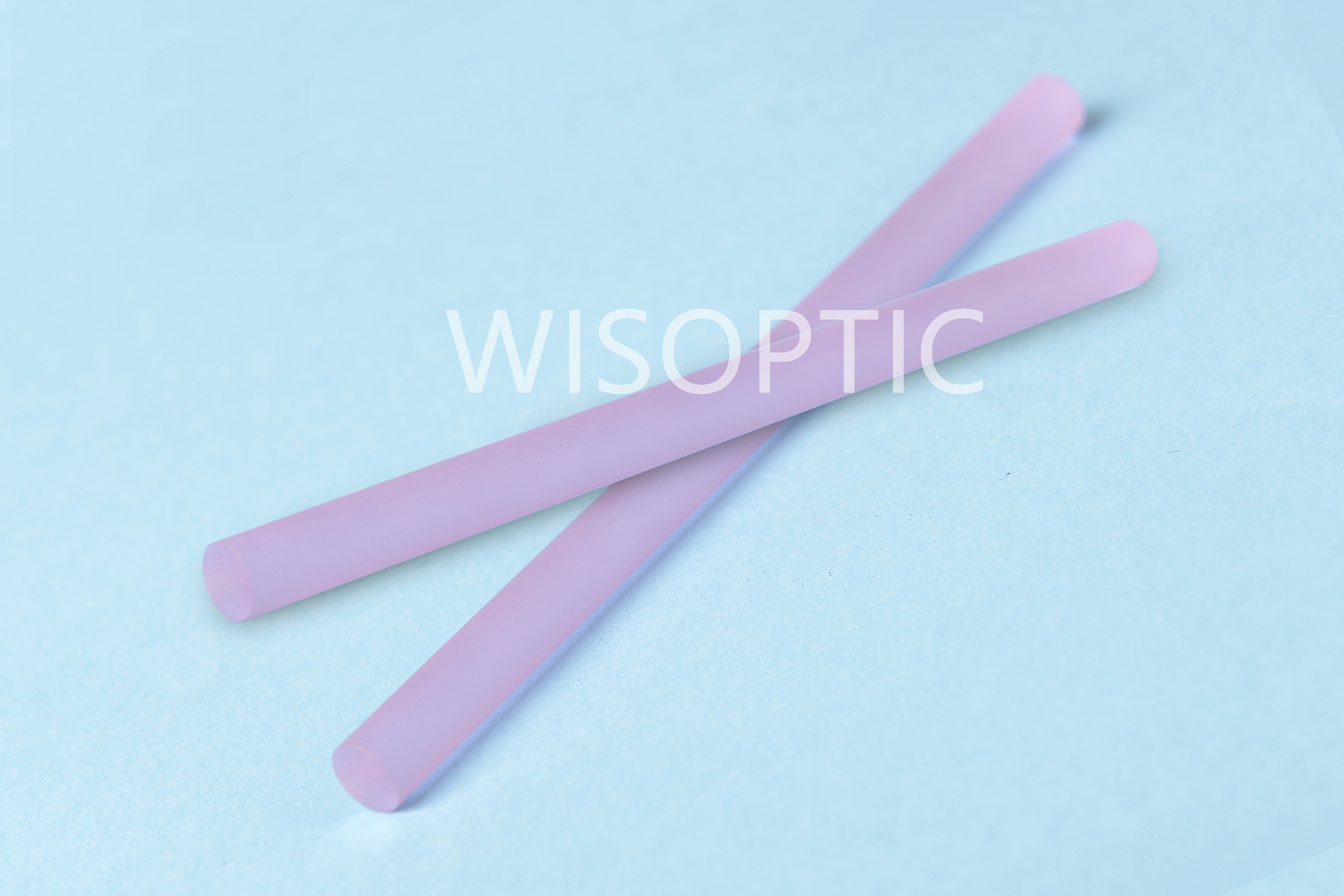High-peak-power electro-optically Q-switched laser with a gradient-doped Nd:YAG crystal: Part 1
[Cited from: OPTICS LETTERS, Authors: Meng-En Wei, etc.]
Diode-pumped solid-state lasers (DPSSLs) emitting pulses at 1064nm in the nanosecond regime with high pulse repetition frequence (PRF), high peak power, and a near-diffraction-limited beam profile are widely applicable in the fields of lidar, laser ranging, laser altimetry, and space communication. An end-pumped bulk laser features a simple pump scheme, providing optimal overlap between pump volume and laser mode, which leads to a relatively high optical conversion efficiency and near-diffraction-limited beam profile.
However, the exponential decay of the pump absorption distribution for the homegeneous dopant laser crystal in the end-pumped configuration causes high temperature gradients and mechanical stress peaks, limiting the power scalability for a given rod length. This becomes even more pronounced for high-repetition-rate Q-switched pulsed end-pumped laser systems in the nanosecond time domain.
Thermal-induces effects can indeed strongly degrade the beam quality of the laser, leading to thermal lensing or birefringence. Stresses introduced by thermal gradients among different areas of the gain medium as well as thermal expansion introduced by temperature increase finally can bring the destruction of the gain medium when the tangential stress at the periphery of the crystal exceeds the tensile stress. The thin-disk concept was developed to alleviate the detrimental effects of thermal loading for further power scaling of DPSSL.
However, the complicated multi-pass pumping scheme and relatively low single-pass gain of disk geometry are significantly more challenging when scaling average and pulse energy in the Q-switched regime of DPSSL. Alternatively, using composite crystal fabrication with the diffusion-bonding technique as the laser gain medium can significantly alleviate the detrimental effects of thermal loading in a DASSL for power scaling operation in the continuous-wave (CW) regime.
A multi-segmented composite crystal manufactured by bonding of crystals with different dopant concentrations povides more homogeneous pump absorption, which can flatten and smooth the on-axis temperature distribution under high average power operation in both CW and Q-switched regimes.
As one of the most extraordinarily commercialized laser crystals in the spectral range of 1 µm, Nd:YAG (www.wisoptic.com) exhibits a moderate fluorescence lifetime and excellent thermo-mechanical porperties compared to other Nd-doped laser crystals. 167.5 W output power was obtained by using multi-segmented composite Nd:YAG crystals with an optical conversion efficiency of 53.6% in the CW regime. A maximum laser output power of 407 W was achieved with a five-segment composite crystalline Nd:YAG rod in the CW regime. An acousto-optic Q-switched Nd:YAG laser with a multi-segmented composite crystal emitted pulses as short as 22 ns at a repetition rate of 1 kHz and a pulse energy of 2.57 mJ. The corresponding peak power was 117 kW.
High quality Nd:YAG rods manufactured in WISOPTIC TECHNOLOGY (www.wisoptic.com)
Post time: Feb-19-2022

